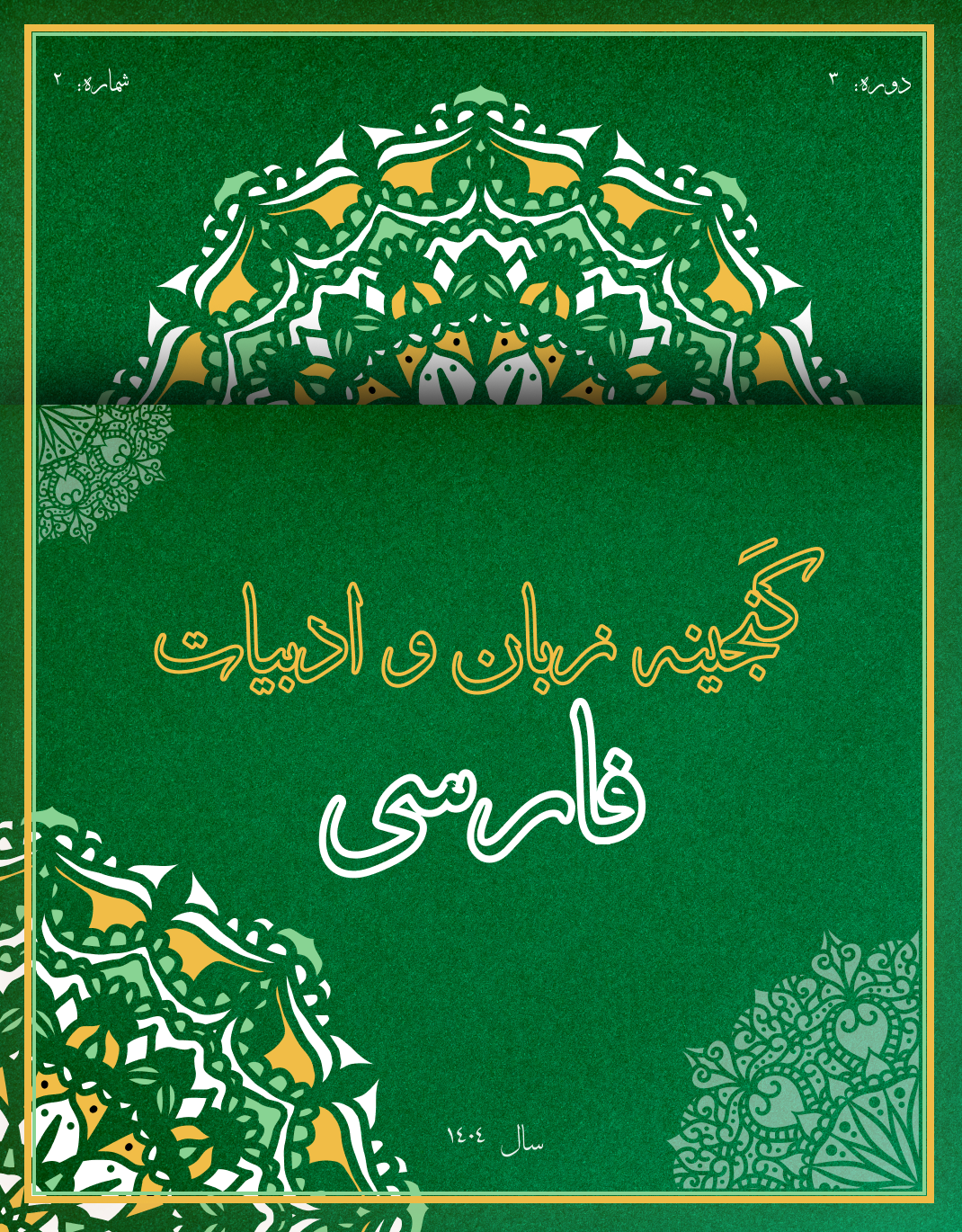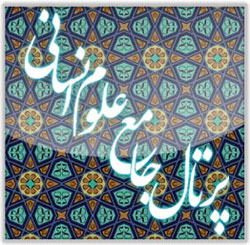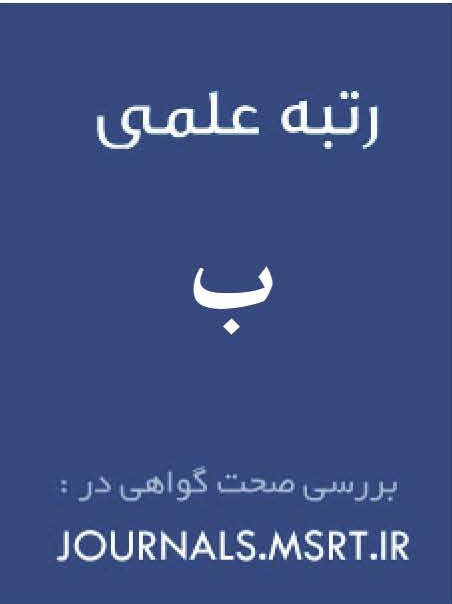Examining the Dimensions of Education and Training in Qabusnameh and Kalila and Dimna Based on Thorndike's Theory of Set
Keywords:
Keywords: Kalila and Dimna, Qabusnameh, Thorndike, Education and TrainingAbstract
Although the requirements of education and training have not been articulated in modern terms, they have long been present in classical literary texts according to the prevalent practices of their respective eras. Today, through the classification, formulation, extraction, and discovery of educational principles and methods—and by reinterpreting and aligning them with the content of didactic literature—it becomes evident that while modern principles may appear novel in terminology and form, they bear little substantive difference from the educational elements found in classical didactic texts. Thorndike's theory is one of the contemporary educational theories. It is structured around the principles of readiness, exercise, and set, and is regarded as one of the fundamental frameworks in modern psychology of education. The components introduced in this theory for education and training are observable and analyzable within the two didactic works Qabusnameh and Kalila and Dimna. This study aims to extract the educational principles and foundations in these two texts in accordance with Thorndike's theory.
Downloads
References
1. Shamisa C. Types of Literature. Tehran: Ferdows Publishing; 1994.
2. Shariatmadari A. Educational Psychology. Tehran: Amir Kabir Publishing; 2010.
3. Onsor al-Ma'ali KiEiQiViZ. Qabus Nama. Tehran: Elmi-Farhangi Publishing; 2007.
4. Nasrullah Munshi. Kalila and Dimna. Tehran: Amir Kabir Publishing; 1995.
5. Ganji H. Foundations of General Psychology. Tehran: Besat Publishing; 2008.
6. Hergenhahn BR, Olson M. Introduction to Learning Theories2011.
Downloads
Published
Submitted
Revised
Accepted
Issue
Section
License
Copyright (c) 2025 Marzeyeh Rashidi (Author); Saeideh Niazi; Masood Sepahvandi (Author)

This work is licensed under a Creative Commons Attribution-NonCommercial 4.0 International License.









